
From the release of Bihar's Caste Census to national demands of a similar census, premier institutes witnessing caste-suicides and surveys confirming its prevalence, some developments of the past month prompt us to ask how far has digital access and equity gone for the marginalised communities?
We first quickly look at some news from last month:


With the state government of Bihar conducting a survey of the population on the basis of caste, we get a realistic picture of the demographic of the state. This is in the backdrop of a larger population census of the country that has not happened since 2011, and of a caste survey that has not happened since 1931, when the British undertook it.
What this helps us understand is the grim state of affairs, the interrelation between your social marginality, poverty, and how well the several welfare schemes that had been put into place so far has worked for the benefit of the most marginalised sections of people. Read along with the NFHS data, it throws other insights, including that of access to education and technology that has become essential for social mobility.
In an earlier chapter the previous year, we already discussed some of the issues surrounding casteist practices online.
This was when Equality Labs' campaign against caste discrimination in tech companies in the US was sparking off, which later gained momentum as the campaign to pass legislation that would put caste as a protected category.

The bill, having cleared voting in California State Assembly with 31-5, however ended up being vetoed by the governor.
Pradip Thomas, who has written on the history of digital infrastructures in India, writes on the exclusion in villages that happen in caste lines:
Not only are young, often unemployed girls using mobile phones humiliated but their families are pushed to exert greater control over them while informers are rewarded resulting in the potential for young women to fall victims to blackmail and abuse . A study by Kamath and Kumar on mobile phone use in Dalit communities in Bengaluru includes the observation that while its use by Dalit activists has curbed the incidence of caste atrocities, it has not led to any palpable changes in their opportunities for economic and social advancement. They state that “. . . on the ground, the prevalence of ICTs have actually ended up augmenting mostly the welfare of the already dominant and well- to- do castes in the region. Dalits, on the other hand and for the most part have been largely excluded from this experience. One principal and well- recognised reason for this is that informal job markets— the norm in these regions— remain stained with subtle caste preferences and prejudices even today”. Ancient divides and feudal mind- sets in contemporary India have material effects and arguably remain formidable barriers to the implementation of digital inclusion projects including DI.
Let's break this down:
Oxfam India, in a study released near the end of the pandemic, observed that compared to the 8% of the General caste who have a computer or a laptop, it is less than 1% of the Scheduled Tribes (ST) and 2% of the Scheduled Castes (SC) who have this access.
There have been several reports and studies that point out how the access side of the divide, majorly impacted by the cost of technology and the education and literacy of the tools have been sharply divided by caste. Where computers and the internet was once limited to the private schools of the privileged few, government efforts since the end of last decade is seeing things improve.
They cannot come fast enough, however. The pandemic exposed the state of our infrastructures that provide the internet. The people in cities were limited by the same problems of cost and access to devices, as social distancing and quarantining policies forced institutions to turn to online classes to salvage the academic year. DEF was also part of the efforts in providing people with devices necessary for internet access, as well as working with several smaller grassroots community initiatives that tried to use community networks to enable connectivity.
The magnitude of the problem is much bigger, however. The following article is about Koj, a 20-year-old student from NIT Silchar, who died by suicide last month.
The Quint Headline reads, 'He feared exams,' but the why is in the details:
Koj took admission in Electrical Engineering at the premier institute in 2021 in the midst of the COVID-19 pandemic. Most of his first-year classes, including his first-semester examinations, were conducted online [...]
"Koj [Buker] comes from a remote area in Arunachal Pradesh. When we spoke about his backlogs, he told me that due to poor internet services in his hometown, he was not able to study and clear his exam papers in the first year," Susmit Gupta, a third-year Mechanical Engineering student at the National Institute of Technology (NIT) in Assam's Silchar, told The Quint.
Koj was one of the several hundreds of thousands of students who went into the pandemic years without internet access - which, as a study by the Azim Premji Foundation found out, was close to 60%.
These numbers, as we mentioned before, had an indiscriminate proportion of people from marginalised castes and tribes. This is not the only case of suicide in the pandemic. Other than the several hundreds who lost their jobs, and could not make their jobs remote due to several reasons, there were many other student suicides as well. Many of these were related to backlogs and pressure - which has its roots in the forced digital classes of the pandemic lockdown time.
While this is not to claim that digital access is the panacea to end student suicides, we are merely pointing out the fact that there were indeed several instances that could have been prevented if the policies that pushed for internet classes also looked into the actual state of access infrastructures.
As the Oxfam report we quoted earlier concludes,
“Acknowledge that tech-based solutions are not always the right answers. People need to have multiple ways to access public services and their entitlements. Digital means should not be the only way to access these. Even in times of crises like pandemics, governments also need to consider low- or no-tech solutions.”
In Other News, we see two breaches of privacy and one continued breach of access:
First, this news about the largest Aadhaar data breach yet:
We had seen pegasus and accusations of hacking to install malicious content that would later be used to frame activists - now, a new slew of allegations as Apple warns several political leaders of potential hacking attempts by the government:
And finally, the internet ban in Manipur is yet to be withdrawn, affecting communications, information exchange, journalism, trade, and normal functioning of life:
Several arrests and raids at a growing independent media outlet sparks concerns over the country's slip and slide in the World Press Freedom Index:
In fact, the allegations on the FIR has run so wild that the organisations behind last year's farmers' protests have come out against the government.
In other DEF Updates, last week, several delegates and partners joined us at T-HUB, Hyderabad for the Digital Citizen Summit 2023, which resumed after a short pandemic induced hiatus!
There's no single post or image that can sum the event up, so here's one for now, and we shall be back in the following weeks to dive into detail.

Until then, Happy festive season!

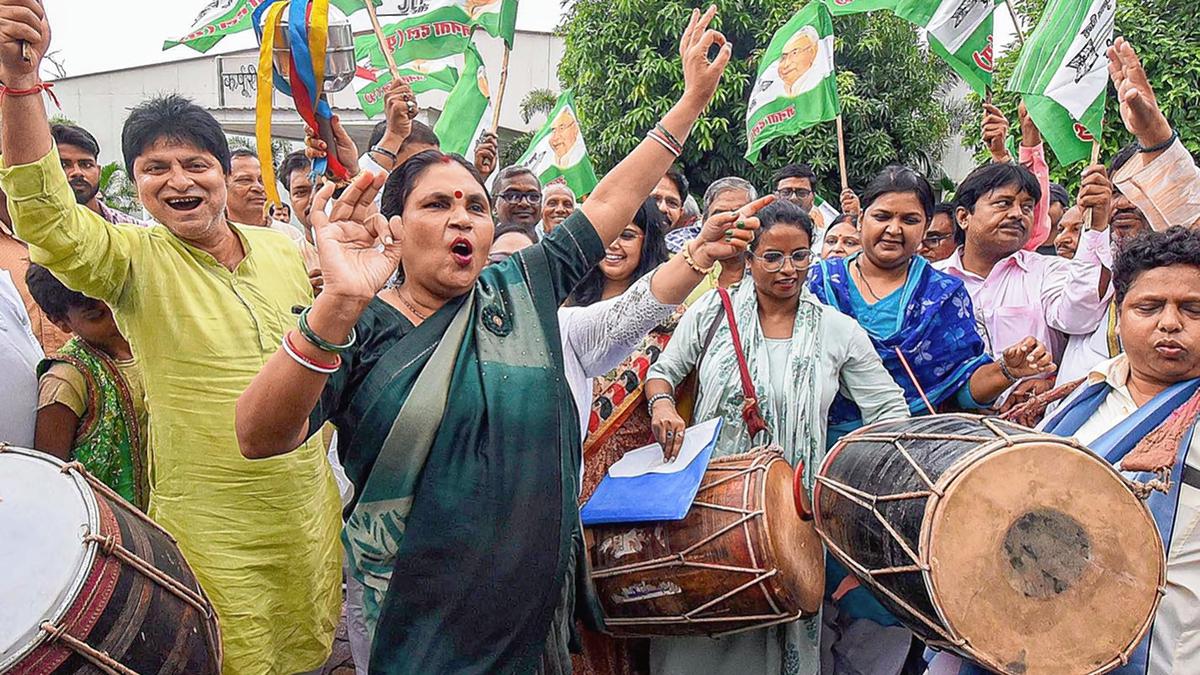

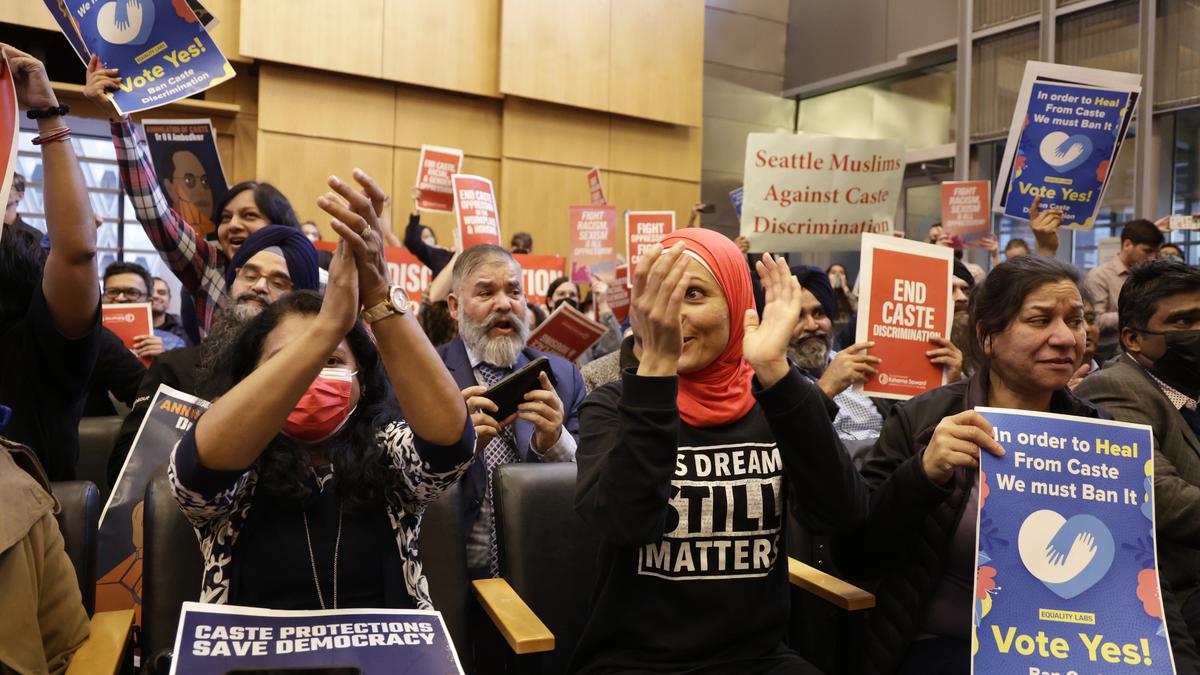
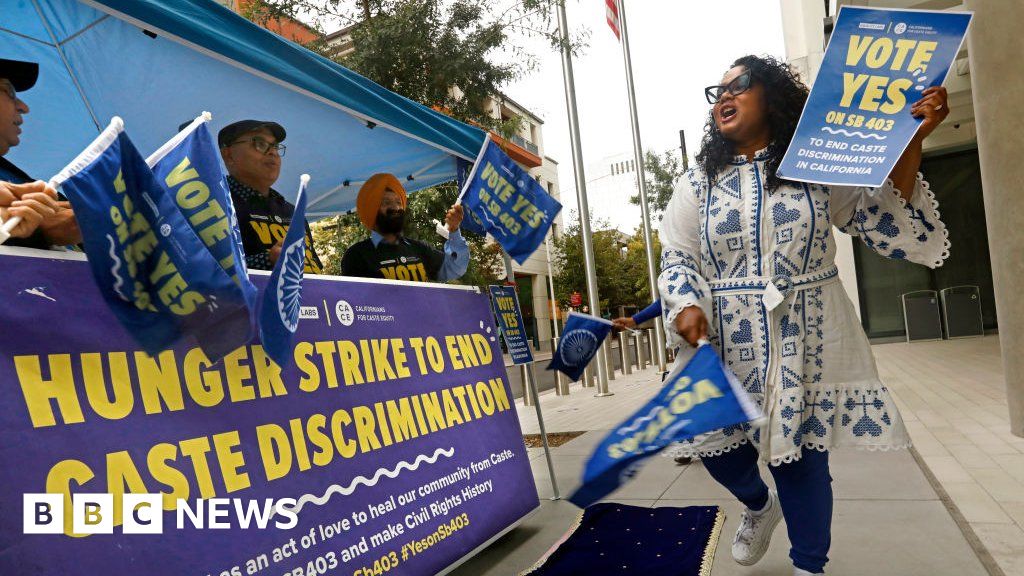
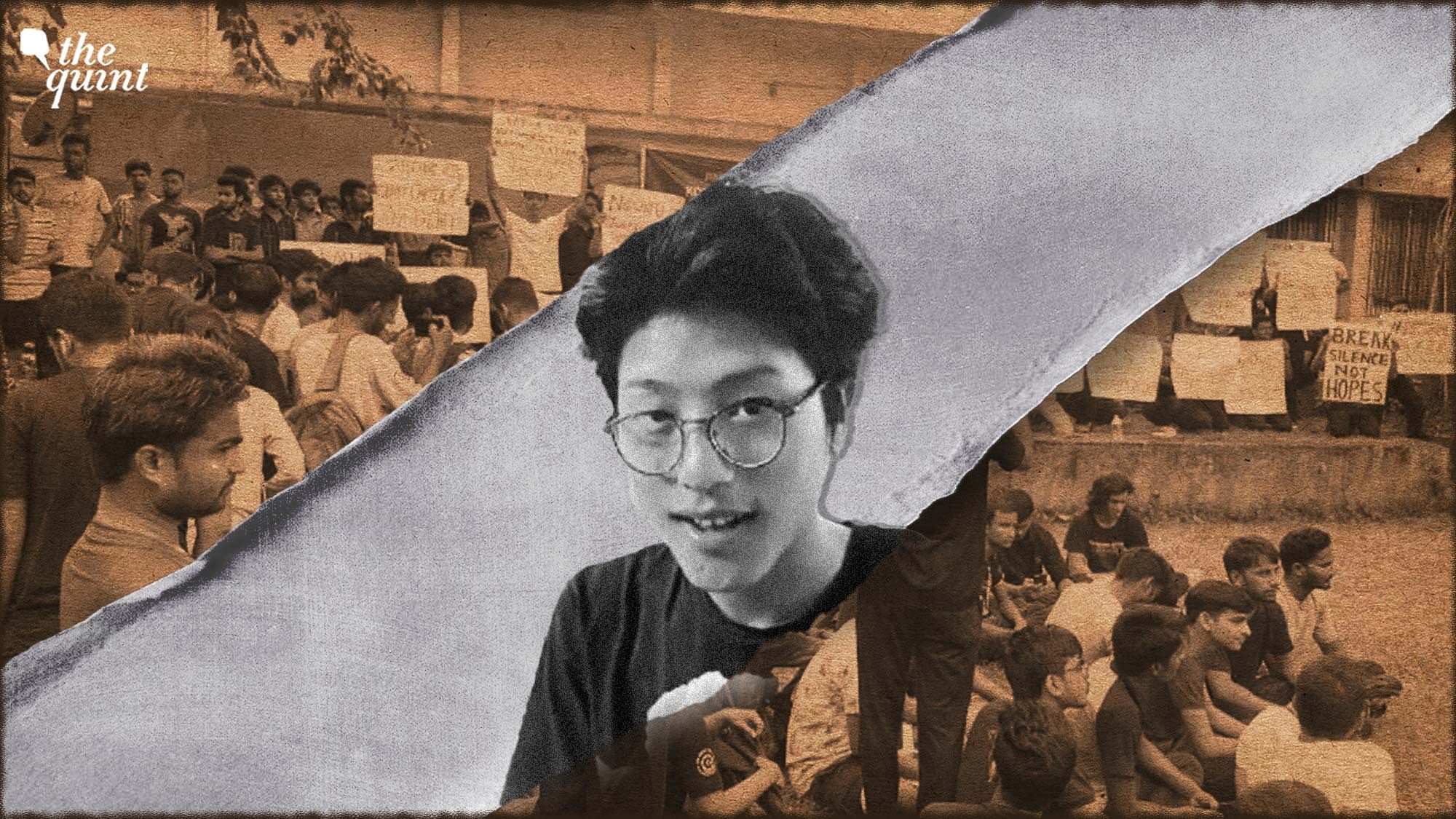


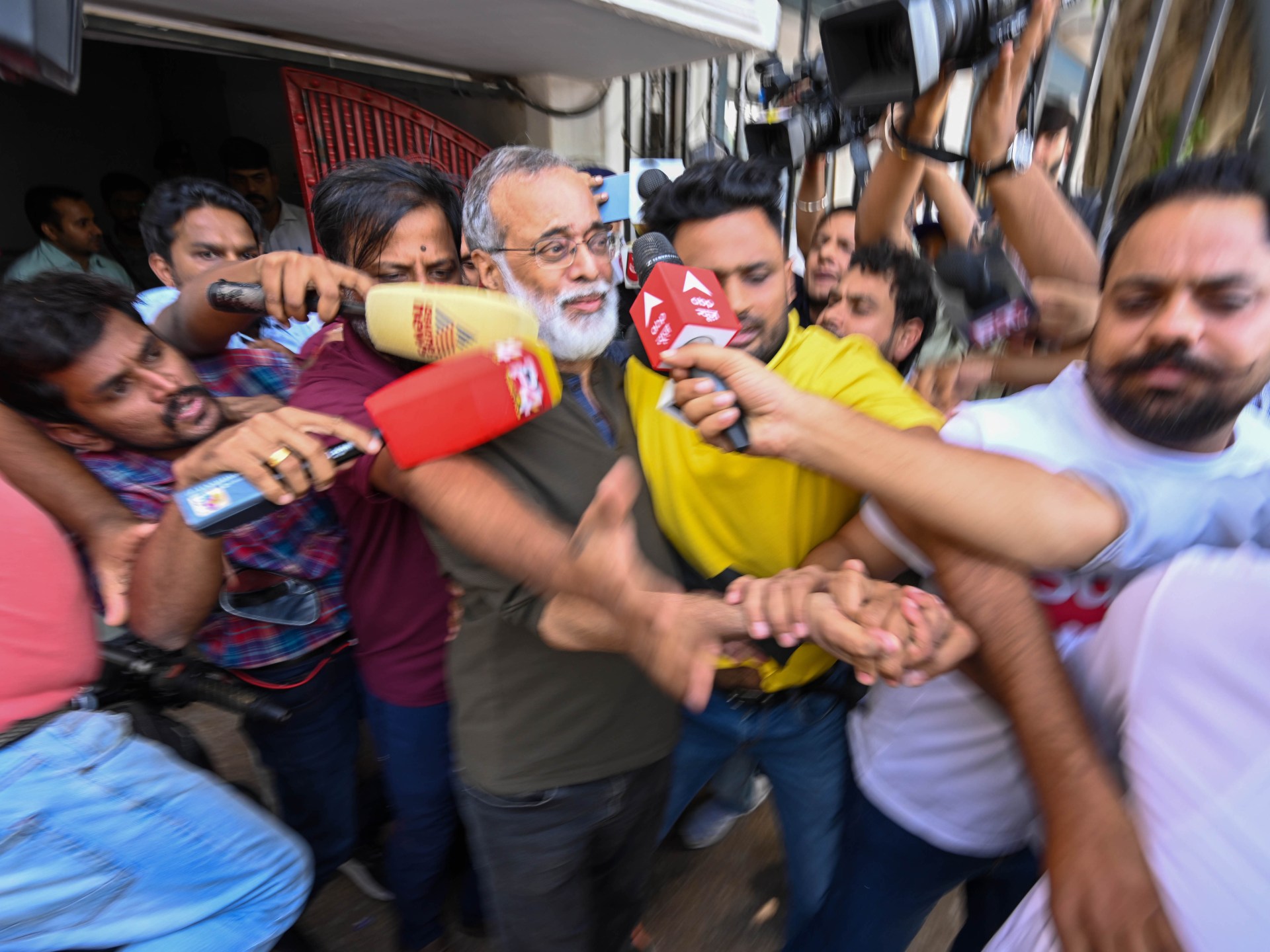




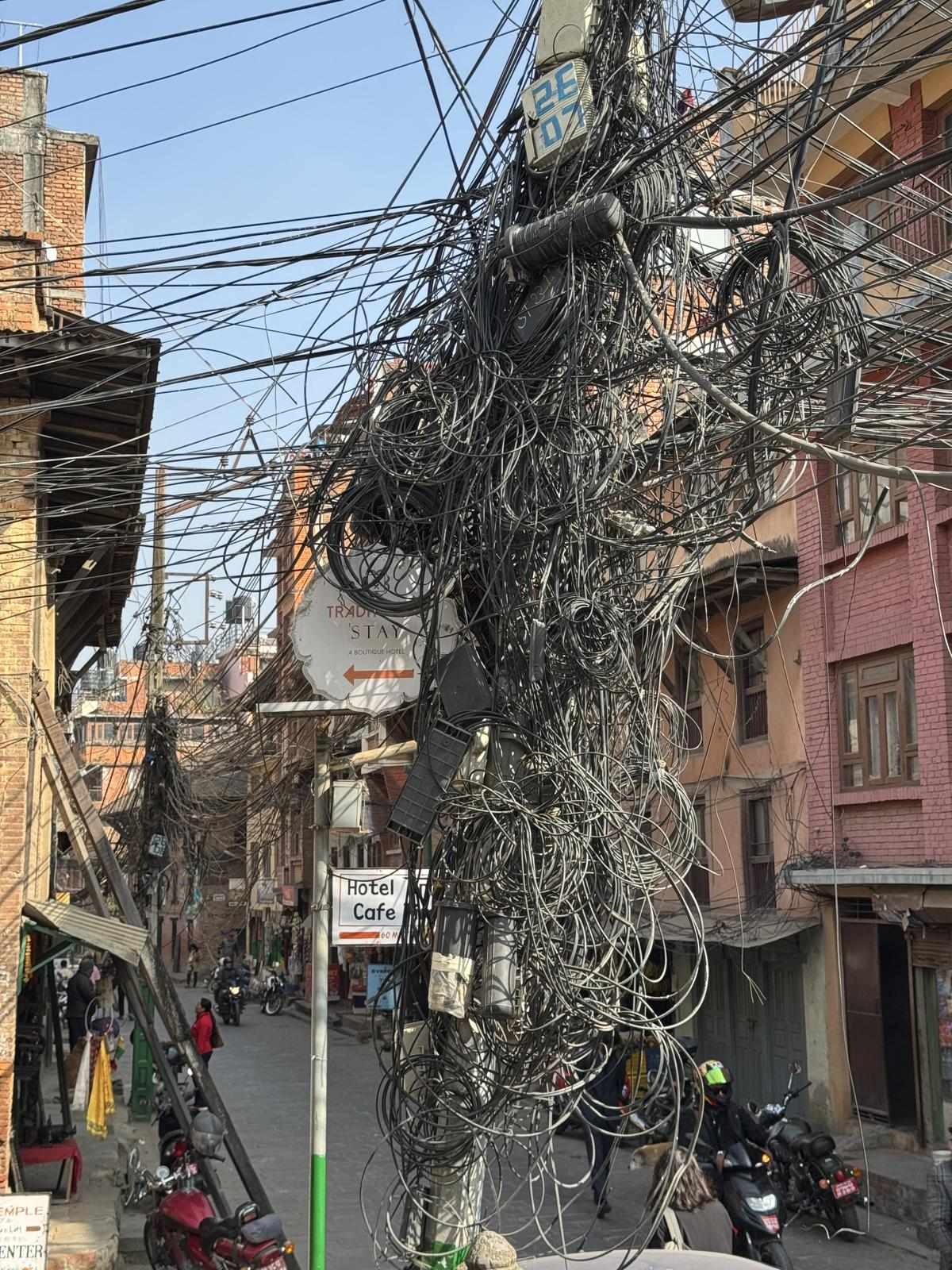
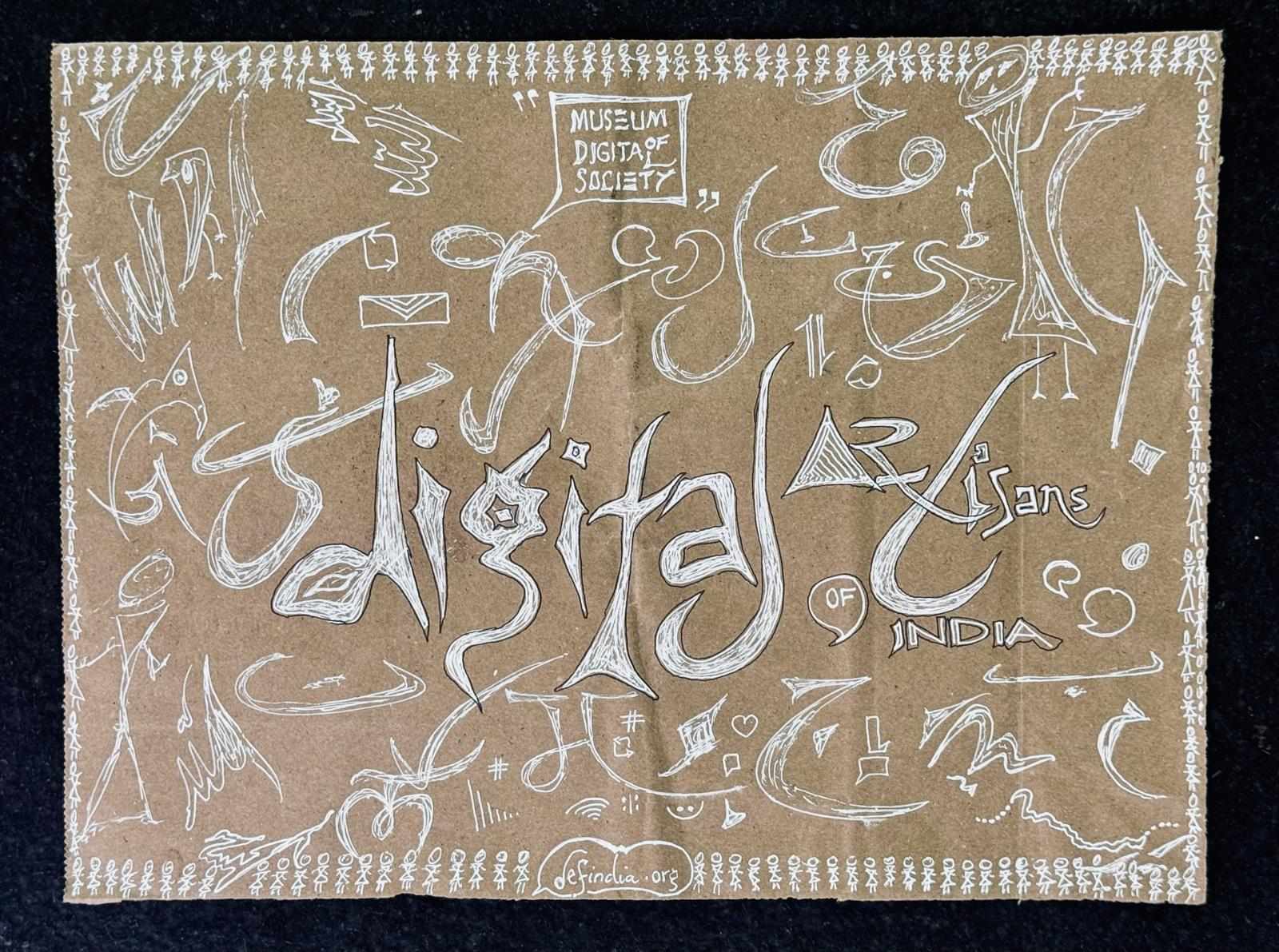
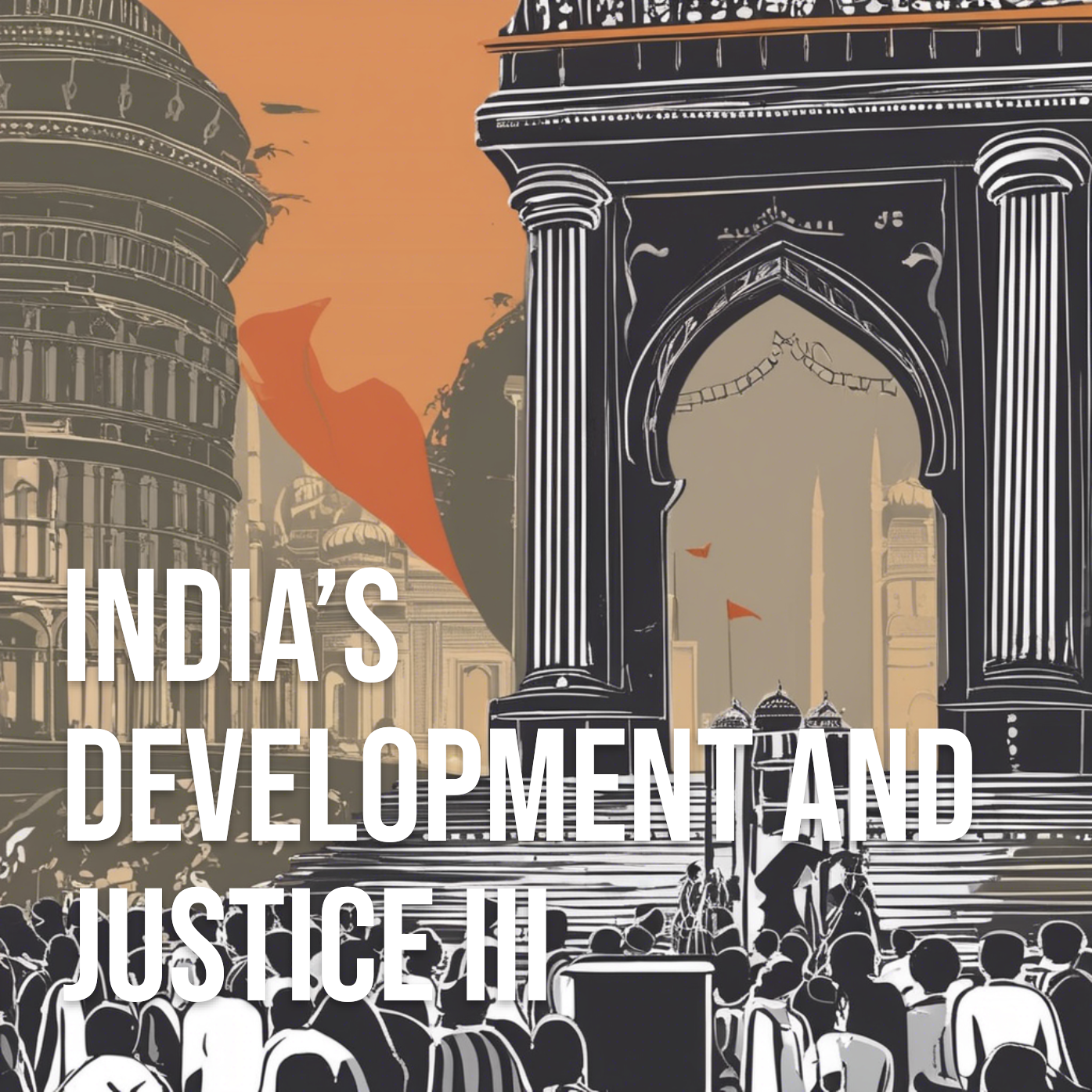
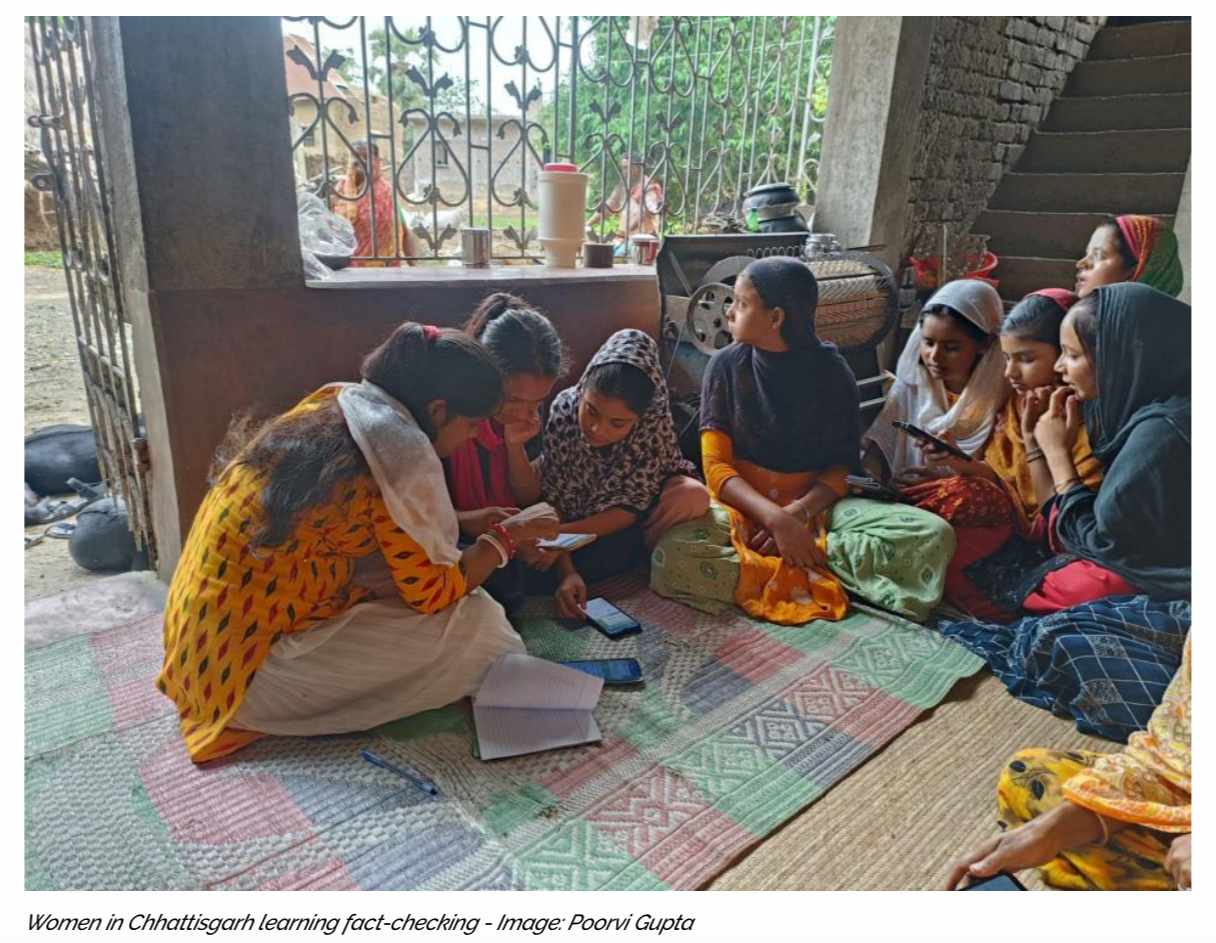


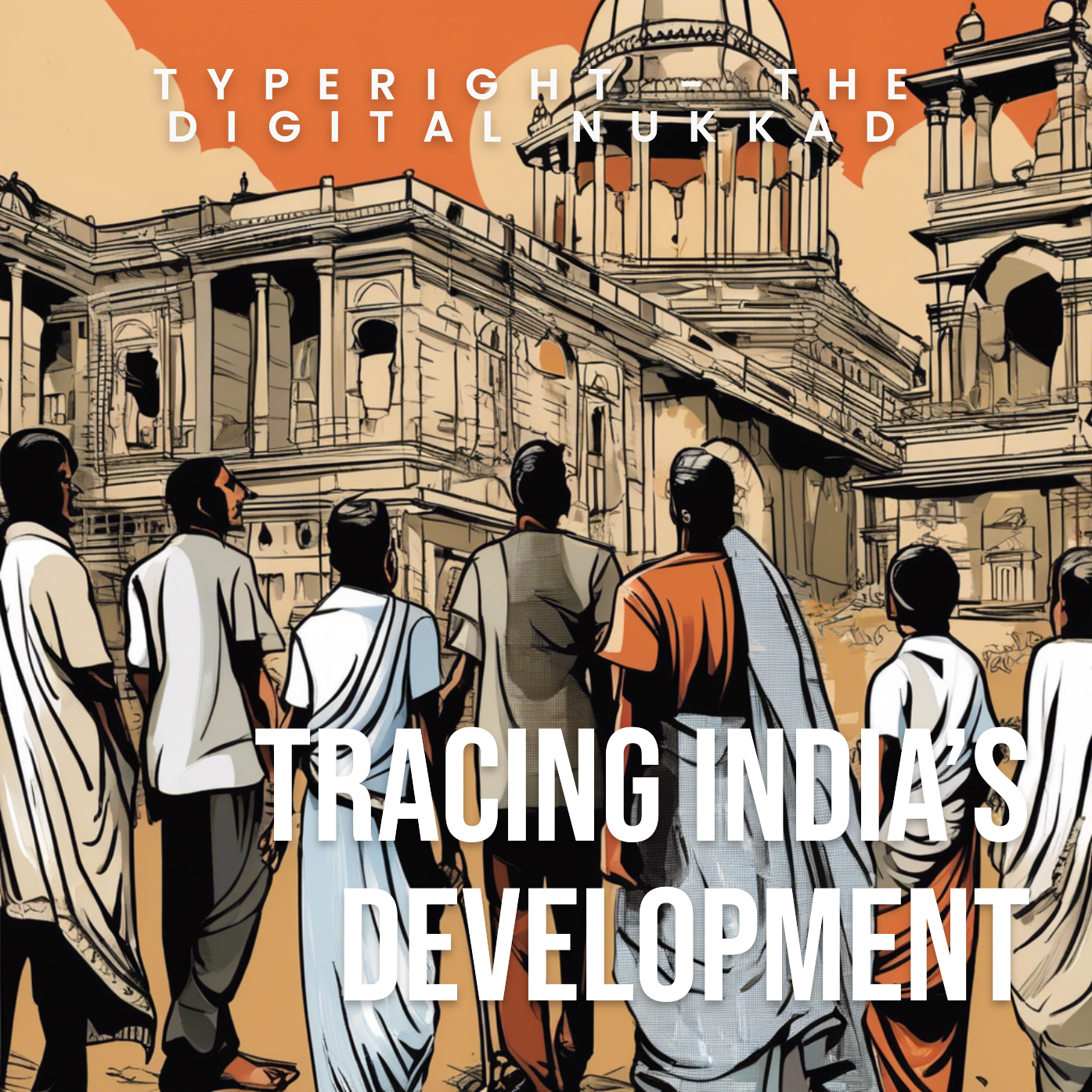









 might be?](https://sk0.blr1.cdn.digitaloceanspaces.com/sites/1394/posts/714526/dbc8de4c-5c50-411f-aba0-55cfb74a692d.jpeg)

Write a comment ...